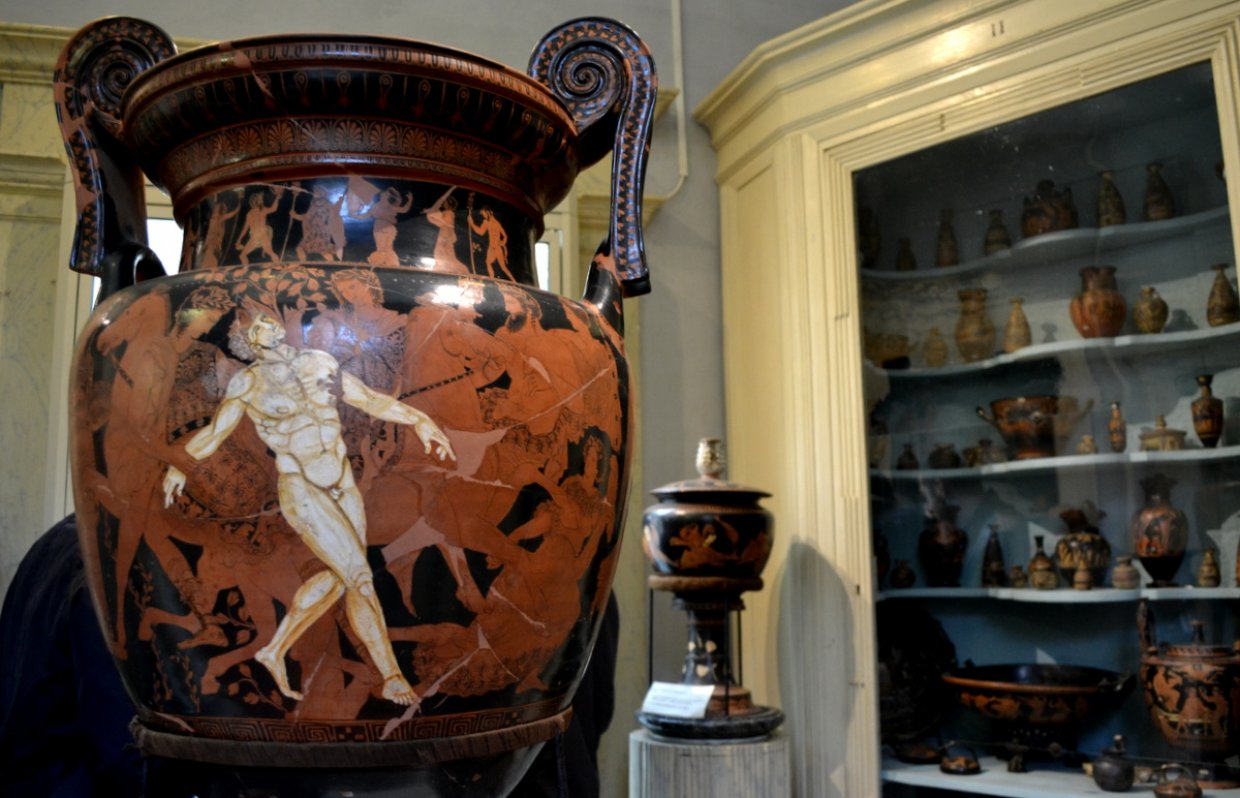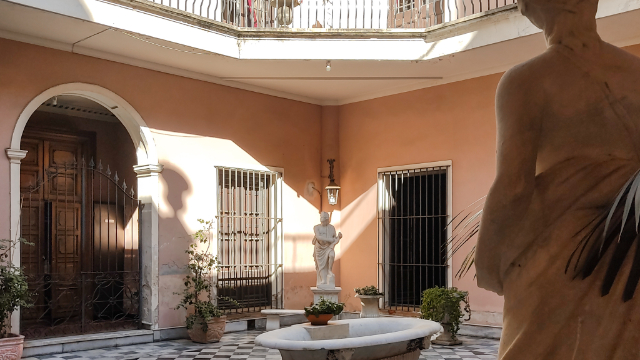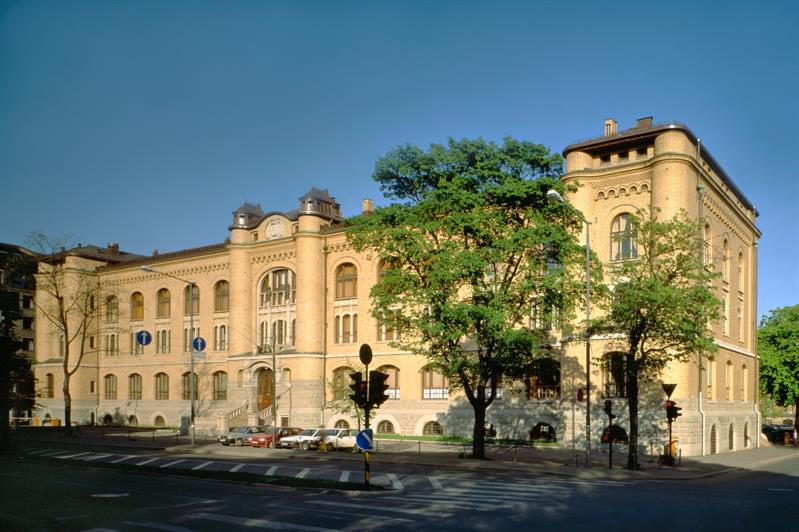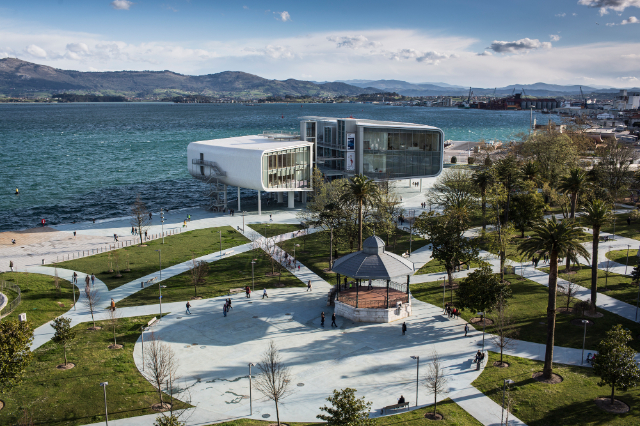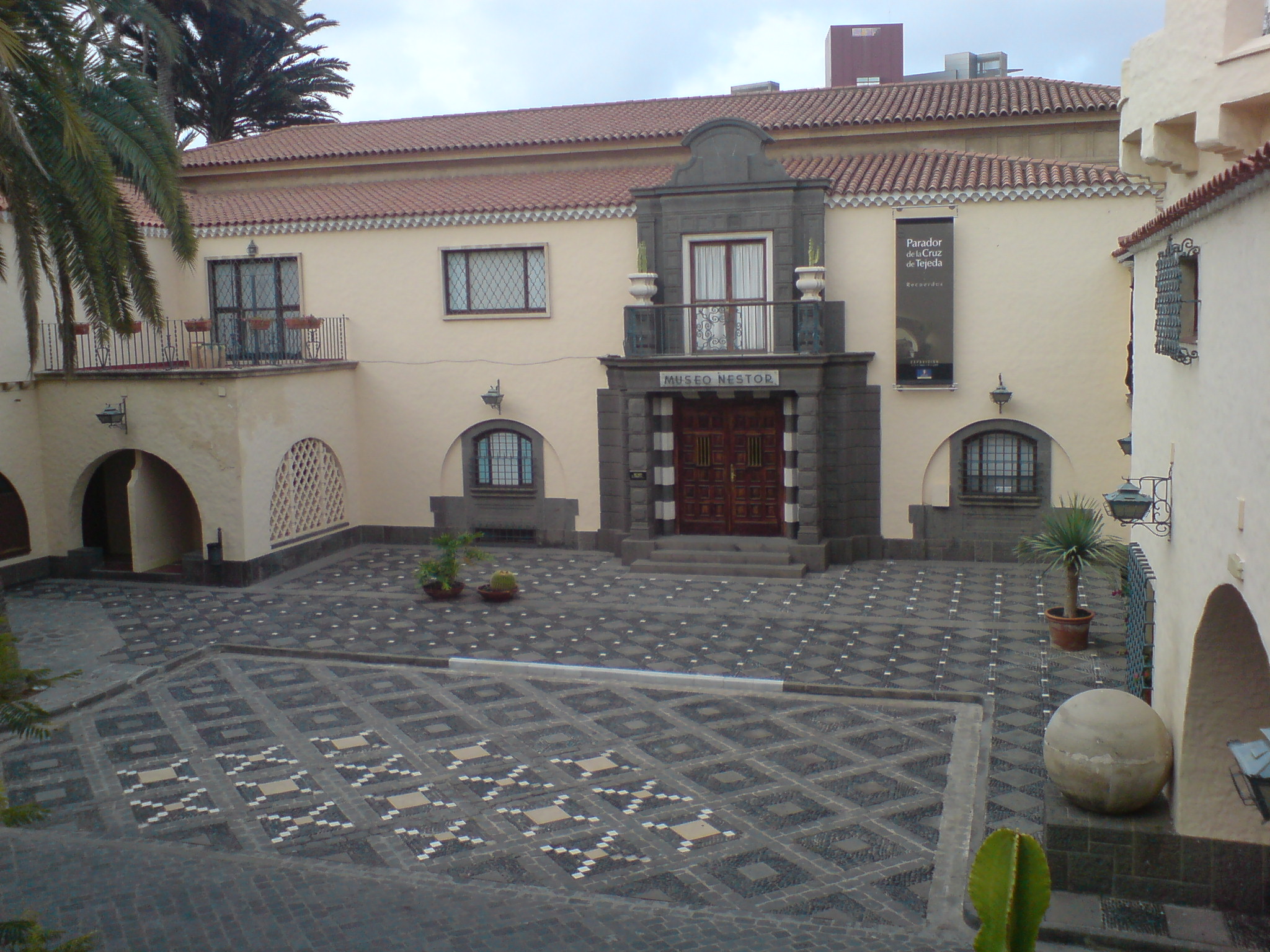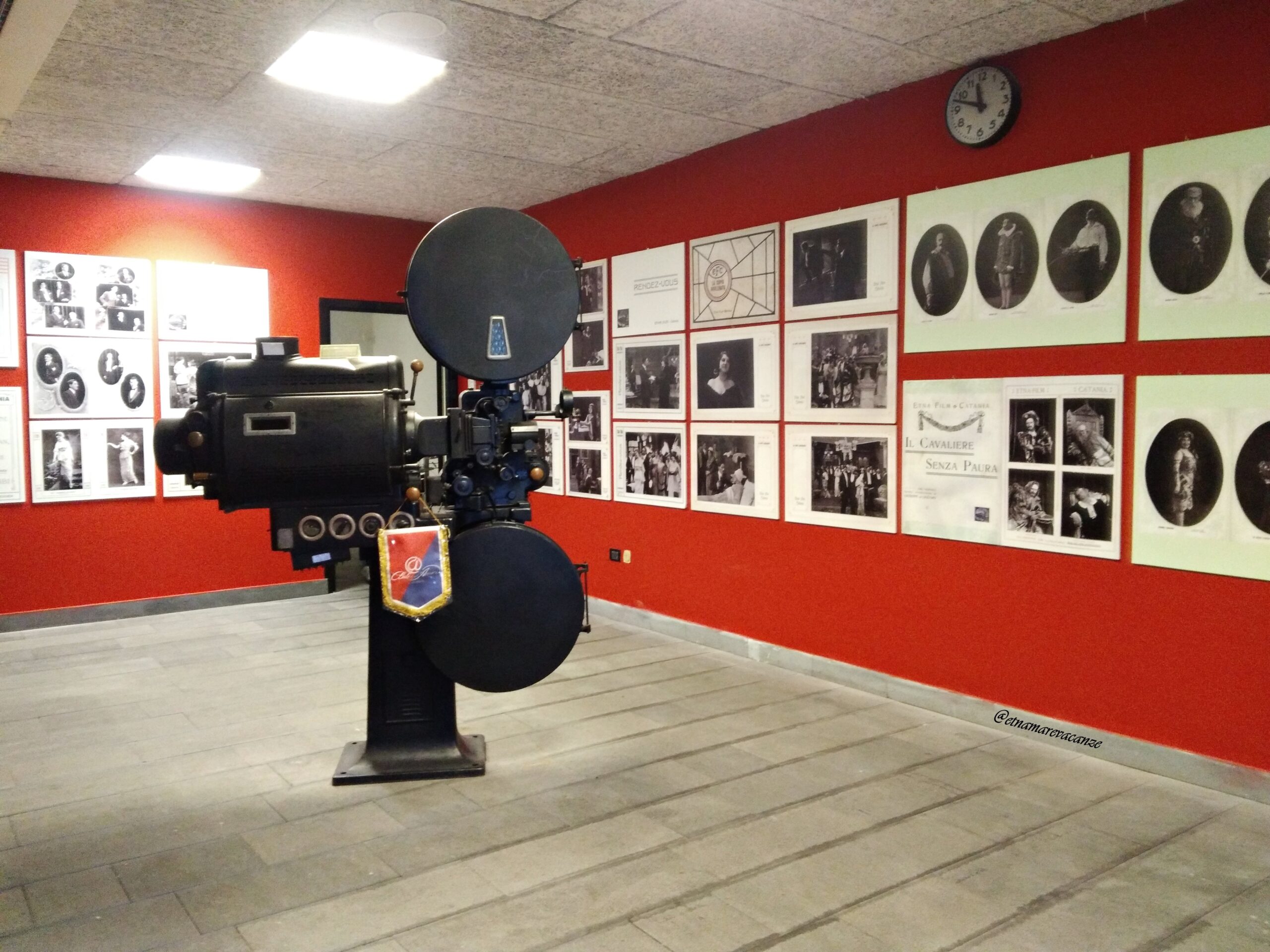The National Jatta Museum is one of the very rare examples of a 19th century private collection that has remained unchanged in its original museographic conception. Inside you can retrace the architectural forms, furnishings and ideas that presided over its realization during the nineteenth century.
The events of the establishment and growth of the Museum during the nineteenth century are inseparable from the names of illustrious members of the Jatta family: the two founders, the brothers Giovanni senior and Giulio Jatta; the latter’s wife, Giulia Viesti; Giovanni junior, Giulio’s son and author of the "Catalogue of the collection" (Naples 1869).
The unchanged relationship between content and container, preserved to this day, is emblematic of the cultural climate of the 19th century. The Museum’s contribution to the reconstruction of the social and civil history of the city of Ruvo in that period was officially sanctioned with the acquisition of the Italian State property, through two deeds of purchase and sale, respectively on 19 December 1990 and 10 April 1991.
The exhibition itinerary was divided into four rooms on the ground floor of Palazzo Jatta. Here, in fact, the structure has been designed in such a way as to host a collection of over two thousand archaeological finds, creating the nucleus of one of the richest and most famous museums in Puglia. In the first room, where there is an inscription in Latin that recalls the founders of the Museum, there are mainly terracotta vases with geometric decorations dating back to the Peucetian period of the 7th and 6th centuries BC. The second room contains about 700 red-figure vases on a black background of Greek or local production. Among them, a large masked crater from the 4th century B.C., the work of the Baltimore painter. In the third room, containing over four hundred pieces, stands out the white marble bust of Giovanni Jatta junior, who founded the Museum. The fourth room collects the most precious finds. Here too there is a marble bust, that of Giovanni Jatta senior, in toga. The most important vase kept here is that of Talos, a giant whose task was to protect the island of Crete.
